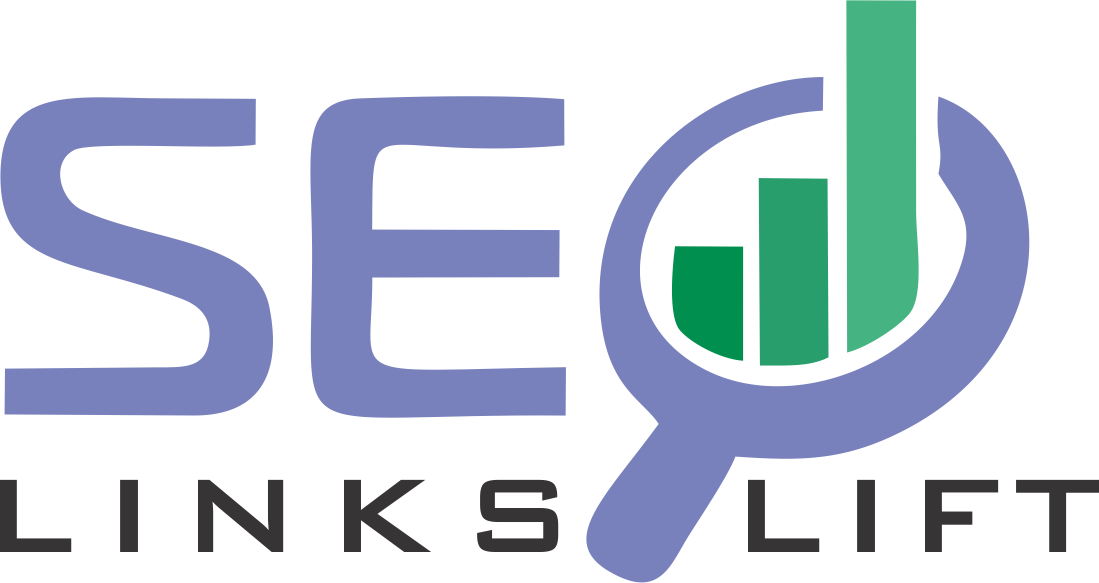SEO Links Lift Team
Search Engine Optimization (SEO)
On the radar for developing an eCommerce site, especially for SEO, is that the technicalities need special attention since they are directly associated with your website’s search engine crawlability, indexability, or user experience.
Even if you are using website builders and sturdy CMS platforms with full-fledged eCommerce features and utilities such as Shopify or Wix for building the website, you still have to pay attention to the technical aspects.
In order to support your technical capabilities as far as maintaining either a custom-built website or through popular website builder and CMS platforms such as WordPress (WooCommerce), Shopify, or Wix, would have their technical implications along with these.
Although many templates, themes, and plugins provide built-in drag-and-drop editors for developing full-fledged eCommerce websites, you will still need to use some custom coding and technical optimizations to make sure that your eCommerce website is totally SEO-friendly.
There are over 200 ranking factors at Googly’s disposal, and amongst this list of all sorts of factors, technicalities might be regarded as one of those very vital types in ensuring organic rankings and search visibility of eCommerce websites.
If you would check Bing’s other search engine ranking factors, then there are more than 100 ranking factors that also give priority to sites that adhere to certain technical requirements.
Unless you comply with these conditions based on the search engine guidelines, you would not get your website listed into the search engine database, thereby eliminating even the sight of making an entry in the search results.
It can go as far as Google or Bing penalizing your site for not maintaining the technicalities.
Search engines like Google and Bing might even go so far as to penalize you for not keeping up the technical end and putting all these factors in jeopardy: user experience, security, crawlability, indexability, etc.-in extreme cases. So the optimization of your website by any means for better search rankings in the competition for its online presence is deemed most important for an eCommerce business. According to Hubspot research, 75% of online customers don’t even bother to scroll beyond the first search results page.
As per statistics, 81% of eCommerce customers refer to the search engines before making a buying decision. Meanwhile, 44% of online shoppers commence their buying journey with searching for certain information, products, or services via search engines.
Since search engines are responsible for almost 50% of all the traffic directed to eCommerce websites, you must meet all technical search engine specifications to optimize your website to rank on the top searches.
The article is a detailed step-by-step technical SEO guide for the effective optimization of an eCommerce website, which covers in-depth SEO audits, user experience optimizations, development of website design, creation of XML sitemaps, fine-tuning of robot.txt, proper internal linking, application of redirects, optimization of canonical tags, enhancement of website security, etc.

Step-By-Step Guide For Effective Technical SEO On E-Commerce
Technical SEO work is basically divided into two main stages:
1. Audit Deeply to Identify the Problems
2. Rectify the Technical SEO Problems
Audit Deeply to Identify the Problems
Websites are more technical than one can imagine. On your browser, they only seem like plain pages with texts and visuals. However, a myriad of codes comes into play to build the structure, appearance, and functionality of your website.
Some technical issues you could look for are the speed of your site or its responsiveness, which you can appraise by just browsing. Other complex technical issues that hinder your overall website performance, security, and crawlability cannot be found without conducting a profound audit.
For the effective identification of these issues, performing a deep SEO audit will help you identify every issue that is hindering the search ranking and visibility of your e-commerce website.

Steps of Doing a Deep SEO Audit:
1. Check Indexing and Crawlability
Utilize tools such as Google Search Console and Bing Webmaster’s Tool for insights about your websites’ pages.
URL inspections will be performed to analyze crawlability and indexability.
Conduct a site audit via Ahrefs and SEMRush.
2. Scan for Duplicate Content on the Site
Tools such as Siteliner by Copyscape and Screaming Frog Spider are utilized to catch duplicate content.
Canonical tags have to be set to disallow multiple versions of the same page from indexing.
3. Identify Broken Links
Constantly check for broken links using tools such as Google Search Console, Ahrefs, and SEMRush.
Redirect or completely remove the broken links in order not to harm the SEO.
4. Check Mobile Friendliness
Google Mobile-Friendly Test for responsiveness.
Buttons ought to be optimized.
5. Check Website Loading Speed
Tools such as Google PageSpeed Insights, GTMetrix, and Pingdom can help check the loading speed of a website.
Optimizing images, minifying CSS/JS, and utilizing a CDN are additional measures to take.
6. Sitemap Audit
The XML sitemap should be properly formatted and error-free.
Google Search Console and Ahrefs can be useful for a sitemap audit.
7. Check Core Web Vitals
Largest Contentful Paint (LCP), First Input Delay (FID), and Cumulative Layout Shift (CLS) should be monitored with the Google Search Console.

Effective Solutions to Technical SEO Problems
1. Make Your Website Secure
Install the SSL certificate.
Use a firewall app and secure hosting.
2. Make Your Website Load Faster
Compress images, optimize files for quicker downloads, and enable browser caching.
3. Make It Responsive and Mobile Compatible
Have a good responsive design and not have any intrusive pop-ups.
4. Usability and Navigation
Using a clear structure, give proper CTAs and good internal linking.
5. XML Sitemap Optimization
Remove dead links, fix redirect errors, and update noindexed pages.
6. Adjust Robot.txt File
Put pages that need not be indexed in robots.txt.
7. Improve Internal Linking
Link relevant pages for better crawling.
8. Set up 301 and 302 Redirects
Redirect outdated pages to relevant active pages.
9. Canonical Tag Optimization
Implement canonical tags properly to avoid duplicate content issues.
4. Track SEO Metrics In Real-Time
Keep optimizing using tools like Google Search Console, Ahrefs, and SEMRush.

Conclusion
Technical SEO is an ongoing process that requires expertise in website development and SEO strategies. Implementing these best practices can significantly improve your eCommerce website’s search rankings and organic visibility. However, if misused, technical SEO errors can break your site and hinder performance.
If you need expert technical SEO services, SEO Links Lift has been providing specialized eCommerce SEO solutions for over 2 years.
Book a Free SEO Consultation with our experts today, and let’s take your eCommerce website’s rankings to the next level! And contact for more information SEO Links Lift



